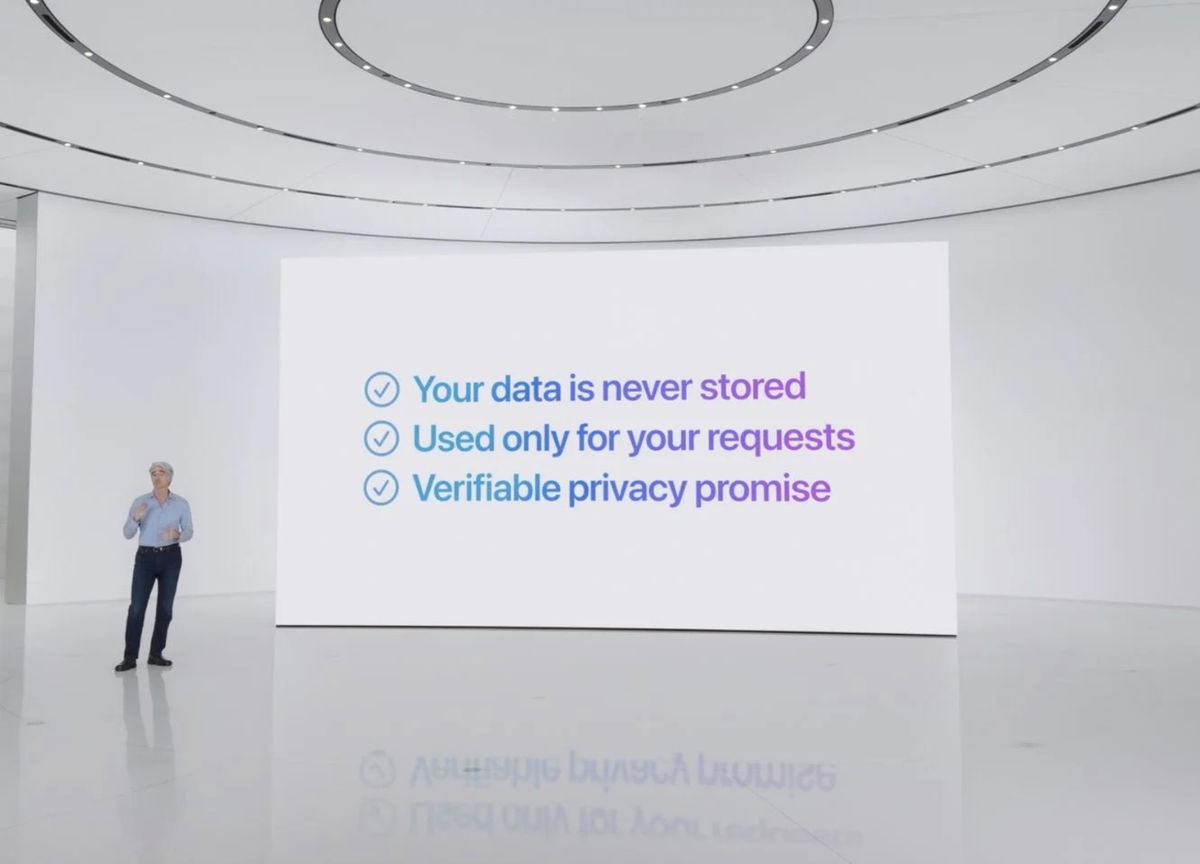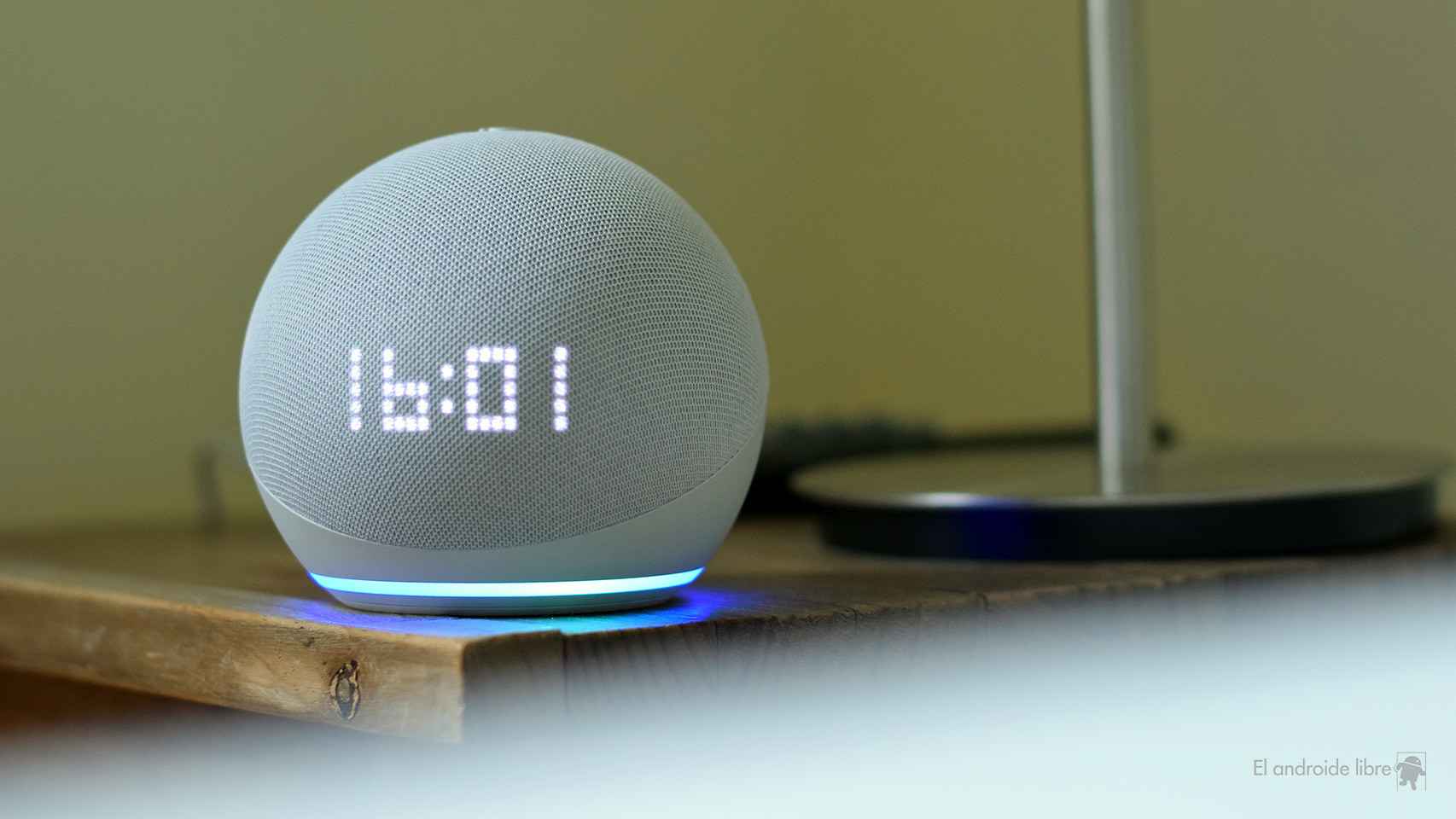AI is all the rage, especially this Artificial Intelligence that can build photographs or texts just by asking. And there is no doubt that ChatGPT, based on Open AI’s GPT language model, is one of the best-known bots. and we already have new language model for said bot: GPT-4 can now be tested. And I tried: it left me, paradoxically, speechless.
Where we previously saw a clear commitment to metaverses, we now encounter the hegemony of generative Artificial Intelligence, this AI capable of creating content simply by asking. Open AI with its GPT model has triumphed with the general public, its DALL-E graphics model has also gained well-deserved recognition. After successive evolutions, the new AI language update surprises those of us who have tried it. And he clearly has a loser: Google.
The biggest leap of GPT-4 over GPT-3.5 is creativity

ChatGPT Plus selection menu
On March 14, 2023, Google advanced the integration of its generative AI into most of its products, including Gmail. Promise advanced utilities like the automatic e-mail composition, for example, an expected change in the strategy of a Google that, incomprehensibly, fell behind in an area that not only dominated it, but also practically created it. In the afternoon, Open AI reviewed Sundar Pichai’s company with the public presentation of the GPT-4 model.
Beyond the controversies with Google, the new GPT-4 offers improvements applied to the langu age compared to version 3.5, improves reasoning, better understands the context without losing it in the thread of the conversation
Basically, and with blind interaction, there isn’t much difference between talking to GPT-3.5 or GPT-4, at least through the ChatGPT interface offered by Open AI. The response speed is quite similarAt least during those first moments. The scope of the training extends until 2021; it therefore has no recent arguments if what is sought is real knowledge. The bot cannot connect to the internet, nor does it support images in queries. The GPT-4 API offers this possibility (even with a waiting list).

GPT-4 in ChatGPT Plus from mobile
The new model shows its potential when you are asked to build text or code with very few instructions. He knows perfectly how to use all kinds of languages, including colloquial languages (He caught me making two-way jokes without asking him). And its results are very difficult to detect as machine text, even over long periods of time: without too many repetitions, with believable argument and even with very human-like ingenuity. GPT-4 is amazing.
To verify this announced creativity, it occurred to me to ask him for a sonnet à la Quevedo on a subject that the writer of the golden age would never have imagined: Android phones. The result was like this.

Left, GPT-3.5; right, GPT-4
Not only is there an abysmal leap in the use of the lexicon compared to GPT-3.5, in the construction of the poem and in the adjustment of the result to the request, is that GPT-4 even makes good poetry (saving logical distances with “professional” poetry, of course). Well-chosen words, a subject nailed to my request and with a plot that holds from start to finish. But how far can your creativity go? I decide to make it very difficult for him: a poem à la Quevedo on Android and with acrostic verses.

I have no words, the result is excellent. It is true that not suitable for a sonnet because the phrase in the acrostics is longer, and not all rhymes are consonant either. And he leaves non-hendecasylabic verses, I decide to recriminate him.

He put a hatch with a verse without an acrostic, but all the verses are 11 syllables, the poem makes sense, it maintains the android theme, the language used is in a style close to Quevedo and the text not only makes sense, but also has a fairly high quality. Golden Rhyme Award for GPT-4.
Google, you are too late

GPT-4 can be tested in Open AI via ChatGPT Plus, soon it will also come in the free version of the famous chatbot. Additionally, the Developer API is in testing and on a waiting list. And there’s one last way to access the new language model: Bing had already included GPT-4 for some time. Secretly.
Google has promised its Bard bot, a ChatGPT-like AI that, for now, not yet openly accessible. It has also promised the incorporation of generative AIs in most of its products, promises that bet on the future. Meanwhile, Open AI is conquering the market with its language models. Not only that, the company will revolutionize the interaction and interpretation of images: GPT-4 is capable of it. Google Lens is already shaking.
Google pioneered the application of machine learning and artificial intelligence to personal products: the company’s personal assistant and all its recognition options are a good example. However, she allowed herself to be humiliated in an area she thought she had in hand. Because wouldn’t Android be a good training ground for your own ChatGPT? I imagine a Gboard to automatically write WhatsApp messages or a Google Keep capable of creating a shopping list with what each of us regularly consumes. What a missed opportunity for Google.
As GPT-4 grabs the headlines and surprises even those less accustomed to artificial intelligence, Google only makes promises. In a field like technology, where being behind means being pretty much left behind, I foresee notable problems for the company in the future. We will see if at Google I/O they manage to turn things around: it will almost be a monologue on generative AI, that’s for sure.
In Xataka Android | What can we expect from Google’s ChatGPT on Android










